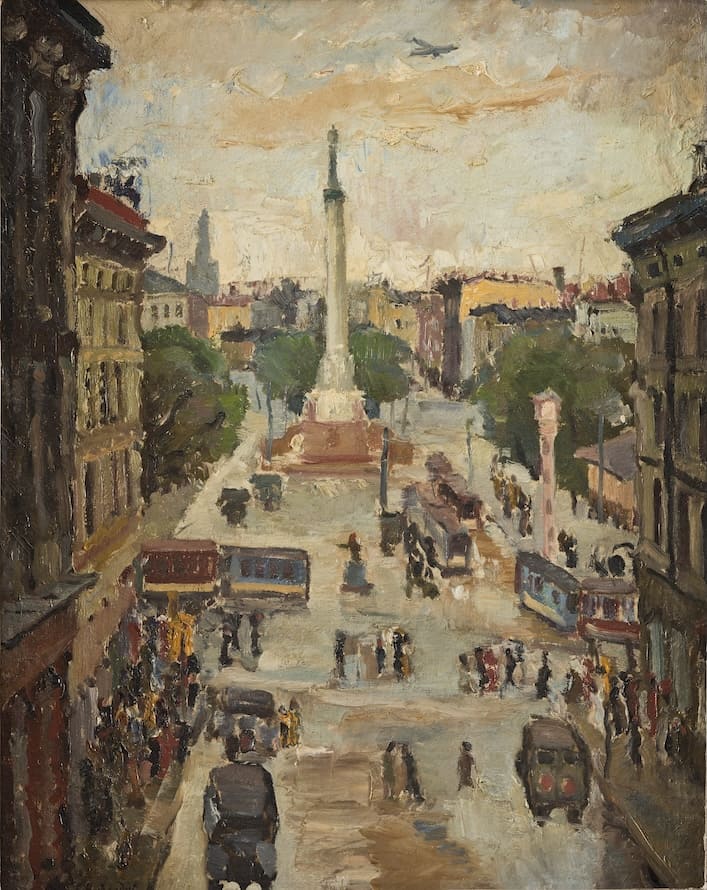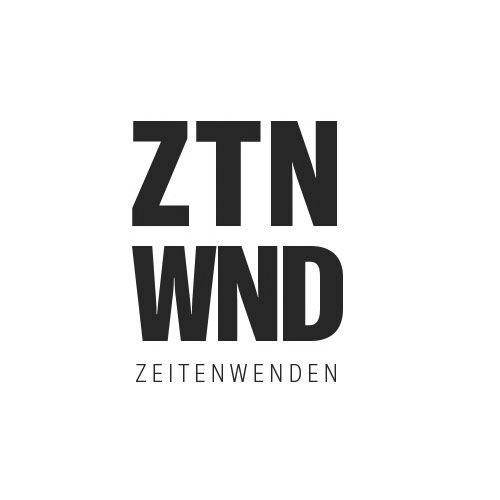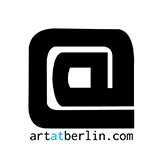On 17 October 2025, Berlin’s Bröhan Museum will open the exhibition “Havel Air and City Lights: City and Countryside in the Paintings of the Berlin Secession”. The show is the last opportunity to see the paintings before the Bröhan Museum closes for renovation in spring 2027.
Photo above: Willy Jaeckel. Im Kaffeehaus, 1912. Bröhan Museum. Photo: Martin Adam, Berlin.
Around 1900, the relationship between urban and rural areas underwent a fundamental change. Growing cities became centres of economic, social and cultural dynamism – a development that was particularly pronounced in Berlin, the still young capital of the German Empire. The influx of workers created new social milieus and led to tensions that shaped urban life. The hectic atmosphere, noise and cramped conditions of the big city awakened a growing longing for the countryside. The Berlin countryside with its lakes and pine forests – glorified in literature by Theodor Fontane and romanticised as a ‘land of quiet vastness’ – offered an idyllic alternative world. Well connected by suburban trains of the Prussian State Railway, the Mark Brandenburg became a recreational area for Berliners weary of city life.
These developments are reflected in the art of the period, particularly in the works of the Berlin Secession. Founded in 1899, this group of artists, who turned their backs on the academic art world, focused intensively on modernism and its contradictions, industrialisation and urbanisation, and the social tensions associated with these developments. At the same time, atmospheric depictions of the Brandenburg landscape emerged, influenced by contemporary Impressionism and Symbolism.

The exhibition shows how urban life and rural idyll found expression in the art of the Berlin Secession. From the late 19th century to the early 1930s, it documents the dialogue between different worlds and reveals the complex relationship between city and countryside that was so crucial to the period. Works by Hans Baluschek, Käthe Kollwitz, Otto Nagel and Willy Jaeckel, which focus on urban life and the social realities of Berlin, contrast with works by Karl Hagemeister, Walter Leistikow and Julie Wolfthorn, which capture the unspoilt magic of the Berlin countryside. The exhibition “Havel Air and City Lights: City and Countryside in the Paintings of the Berlin Secession” provides insight into a time of upheaval and illustrates the role of art as a mirror of social and cultural processes.
WHEN?
Exhibition dates: Friday, 17. October 2025 until 22. February 2026
Opening hours: Tuesday-Sunday 11 am- 6 pm and on all public holidays.
WHERE?
Bröhan Museum
Schloßstraße 1a
14059 Berlin
COST?
Admission: 9 EUR, concessions 6 EUR
Happy Wednesday: Every first Wednesday of the month, admission is 4 EUR for everyone.
Tickets can be purchased online at www.broehan-museum.de/service or on site.
Free public tours (plus museum admission) every Saturday at 3 pm, no registration required.






